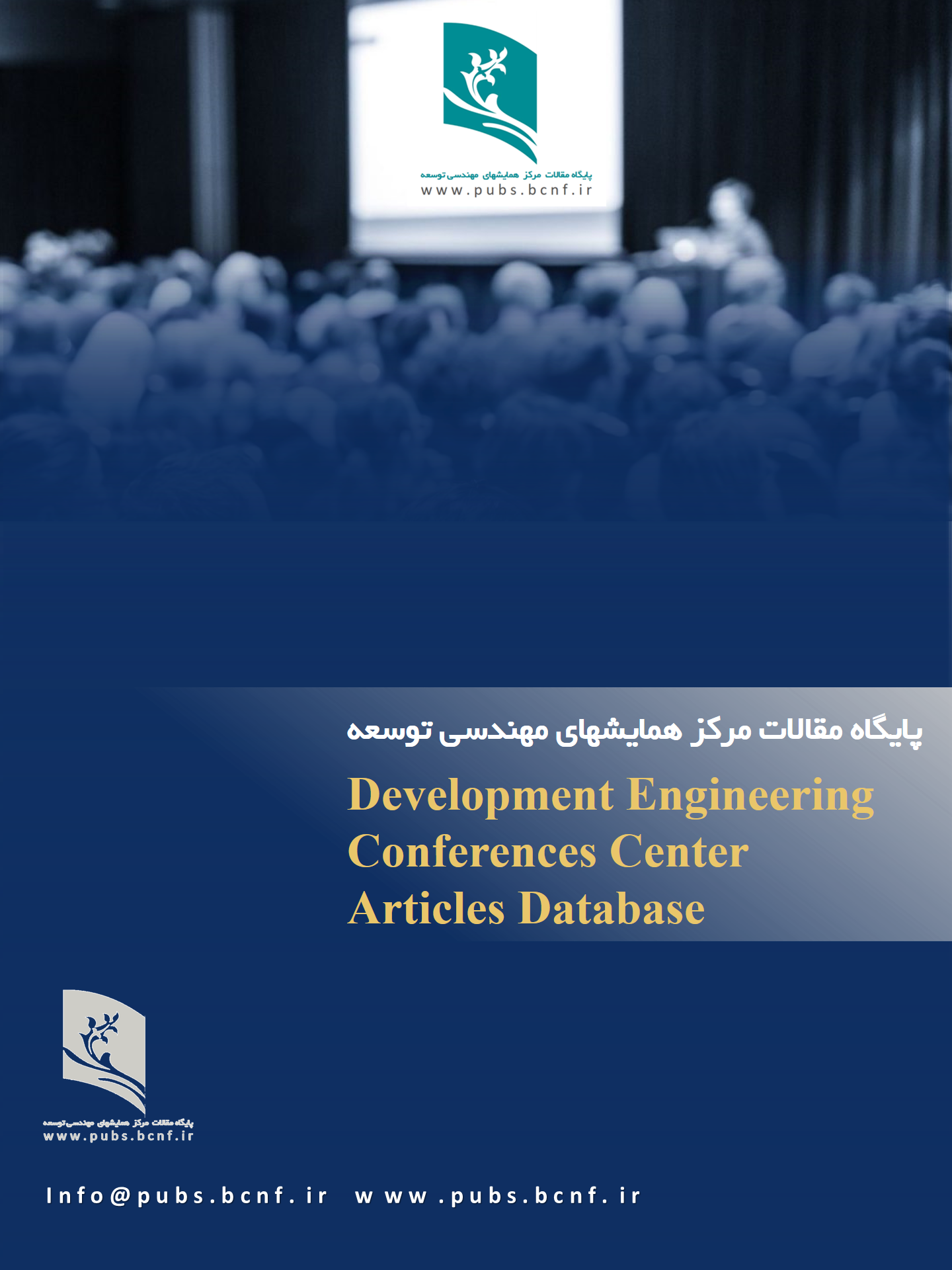Comprehensive Method Development for High-Throughput Quantification of Ursodoxycholic Acid Using 2D-LC-MS/MS
DOI:
https://doi.org/10.5281/zenodo.17058010Keywords:
Ursodoxycholic Acid, high-throughput analysis, Abandoned Oil Well, 2D-LC-MS/MS, analytical method validation, dynamic range, plasma quantificationAbstract
This paper details the development of a high-throughput analytical method for the quantification of Ursodoxycholic Acid (UDCA) in plasma samples using a two-dimensional liquid chromatography tandem mass spectrometry (2D-LC-MS/MS) system. The innovative approach integrates an auto-sampler with precise timing to direct analyte flows through two chromatographic columns for enhanced separation. Electrospray ionization in negative mode facilitated sensitive detection, while calibration achieved robust quantification across a wide dynamic range (50–8000 ppb). Method validation was conducted as per ICH guidelines, demonstrating exceptional performance metrics, including intra-day precision (RSD < 5%), accuracy (recovery > 95%), and stability under various storage conditions. The study provides a streamlined methodology for pharmaceutical analysis and regulatory compliance, ensuring reliable detection of UDCA in clinical studies.
Downloads
References
1. Boscolo, P., et al. (2020). Advances in bile acid quantification using liquid chromatography-tandem mass spectrometry. Journal of Chromatographic Science, 58(7), 567–578.
2. EMEA. (2011). Guideline on bioanalytical method validation. European Medicines Agency. Available at: https://www.ema.europa.eu.
3. ICH. (2019). M10: Bioanalytical Method Validation. International Council for Harmonisation of Technical Requirements for Pharmaceuticals for Human Use. Available at: https://www.ich.org.
4. Jones, A., et al. (2021). High-throughput analysis of plasma biomarkers using advanced LC-MS/MS techniques. Analytical Chemistry, 93(12), 4958–4970.
5. Li, T., et al. (2021). Matrix effects in LC-MS/MS quantification: Advances in mitigation strategies. Bioanalysis, 13(3), 149–165.
6. Ma, J., et al. (2022). Quantification of bile acids in human plasma using 2D-LC-MS/MS: A comparative study. Journal of Pharmaceutical and Biomedical Analysis, 210, 114422.
7. Smith, D., & Taylor, R. (2020). Optimizing internal standard selection for bioanalytical methods. Trends in Analytical Chemistry, 125, 115986.
8. Wang, Y., et al. (2020). Development and validation of a rapid LC-MS/MS method for therapeutic drug monitoring. Clinical Pharmacokinetics, 59(5), 623–635.
9. Zhang, X., & Lin, H. (2022). Bile acid quantification: Emerging tools and applications in clinical pharmacology. Therapeutic Advances in Chronic Disease, 14, 20406223221123456.
10. Zhao, L., et al. (2020). Advances in 2D-LC-MS/MS for bioanalytical applications: Resolving complex matrices. Journal of Analytical Science, 45(10), 788–802.
11. Kim, H. S., et al. (2021). Comprehensive review on bile acid biomarkers and their clinical applications. Pharmaceutical Research, 38(5), 901–917.
12. Patel, S., et al. (2022). Implementation of high-throughput LC-MS/MS in pharmacokinetic studies: Challenges and opportunities. Bioanalysis, 14(7), 529–543.
13. Liu, Q., et al. (2020). Innovations in chromatographic separation techniques for plasma sample analysis. Journal of Analytical Toxicology, 44(4), 312–320.



